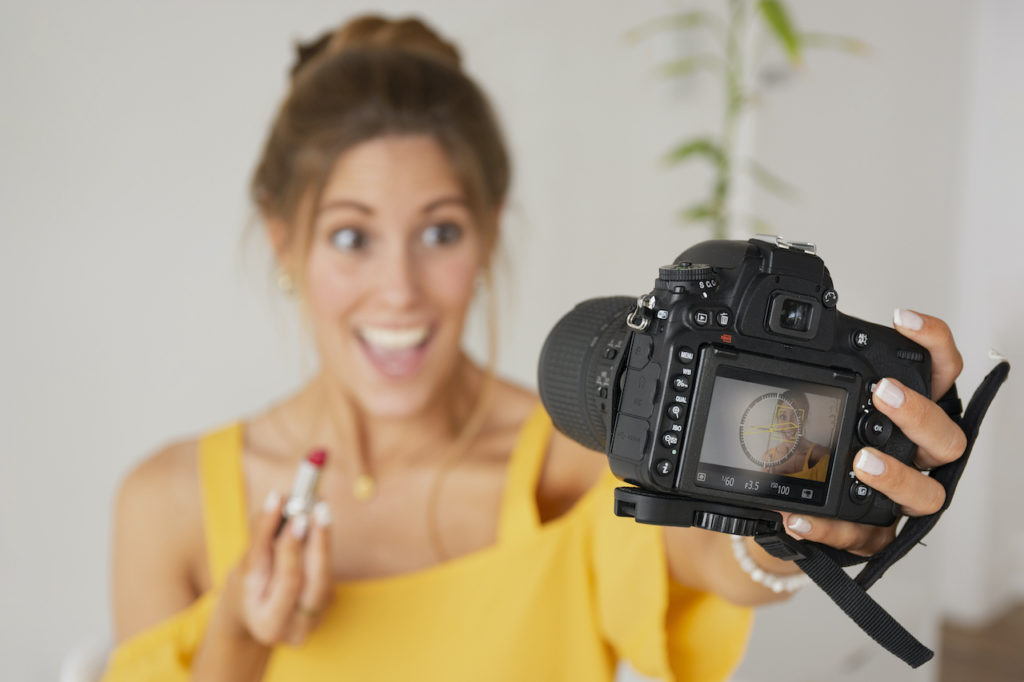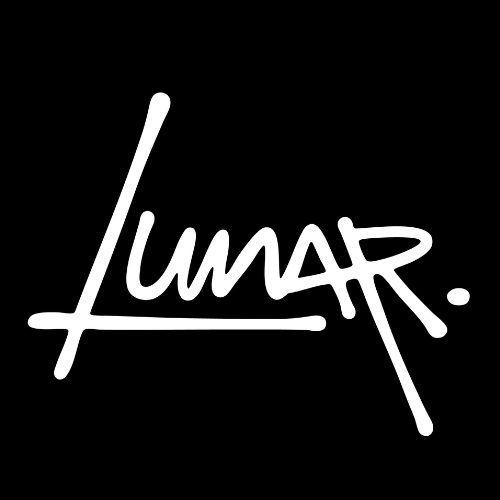Why 2019 will be the year of the nano influencers
24th December 2018

With another new year, we welcome another new content marketing trend. Introducing, nano influencers. . .
As influencer fraud is still on the rise and showing no signs of stopping, brands are becoming increasingly aware that 100k+ followers do not always equal return on investment. As a result of this, we’ve seen an upsurge in ‘micro-influencer marketing’ over the past few years in an attempt to focus more on engagement rates than follower counts. However, this still sees brands and marketers searching for ‘middle ground’ micro-influencer accounts with at least 2k (up to around 50k) followers. Previously, accounts with any less have been considered worthless in the world of content marketing. In 2019, however, we’re predicting that nano influencers (with anywhere from 100 to 2,000 followers) will become more powerful than ever before. But, why?
Why will Nano Influencers become so much more powerful this year?
Influencer fraud (“influencers” buying thousands of fake followers) is just one example of the inauthenticity that is growing exponentially online. In 2018, there have been multiple controversies involving ‘travel bloggers’ photoshopping their content, and digital/artificial influencers confusing users with their ‘realistic’ Instagram profiles. Not to mention, there have been endless studies published suggesting the negative impact that social media personas and their edited bodies/holidays/lives have on our mental health.
As we (marketers, brands, and consumers alike) become more aware of the fact that the people we follow aren’t who they pretend to be, and the majority of their posts are #ads, we begin to behave differently. Whether it’s a conscious or subconscious decision, the truth is that social media users are beginning to crave authenticity. That’s why there’s been a rise in mass unfollowing, where users tend to ‘cleanse’ their social feeds of popular people they were following for the sake of it. And what happens next?
Well, it seems most of us are going back to what we feel social media was truly made for in the first place, following and engaging with real people we’re actually interested in. Thanks to this detox mindset, combined with features like Instagram’s new layout, there will be less emphasis on follower counts than we’ve seen for a long time.
And with this preference for authentic, interesting accounts comes the nano influencers’ true power. Brands and businesses investing in influencer marketing are beginning to understand the importance of quality over quantity. It’s time to prioritise working with influencers that have a small group of highly engaged followers and forget about those big influencers with masses of inactive ‘ghosts’.
Let the engagement rates speak for themselves…
According to research by Influence.IO accounts with 10K+ followers tend to have engagement rates of less than 3%, whereas those with 5-10K see average engagement rates of 4.9%. The smaller the follower count, the higher the engagement rate, with nano accounts of 2,000 followers or less enjoying average engagement rates of over 10%!
With this in mind, it’s easy to see why we need to start harnessing the potential power of nano influencers and their audiences.
If you’re interested in discovering more about influencer marketing and its potential, don’t hesitate to contact us here at HDY Agency, where we can answer your questions and tell you more about our incredible network of regional and national micro-influencers and nano influencers.

